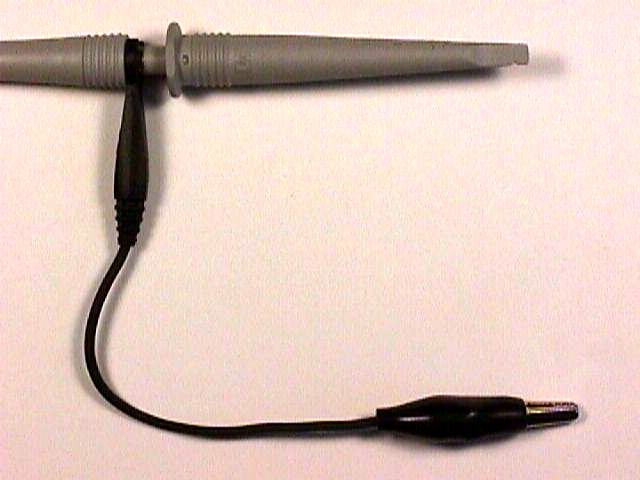June 2000 Technical Tidbit Supplement


Address: P. O. Box 1457, Los Gatos,
CA 95031
TEL:
800-323-3956/408-356-4186
FAX:
408-358-3799
Mobile: 408-858-4528
URL:
www.dsmith.org
Email: doug@dsmith.org

The familiar ground lead used on scope probes can be both friend or foe to measurement accuracy. The inductance of the ground lead can resonate with the capacitance of a probe and cause significant errors in the measurement. The nature of these errors is documented in a number of places including my book, High Frequency Measurements and Noise in Electronic Circuits, and seminars.
In one case however, a ground lead can be a friend to measurement accuracy instead of foe. Active FET probes with bandwidth greater than 1 GHz can have such low input capacitance that a signal probed without using a ground lead at all looks clean and accurate. Many times the waveform looks good enough that these probes are routinely used without ground leads. But, what is really being measured? Why does the signal look so good?
With a low enough probe input capacitance, the capacitance from the probe to the hand of the person holding the probe in series with the person's capacitance to the circuit being tested can form an adequate return path for the measurement. The problem is that no device on the circuit board actually sees the waveform displayed on the scope. The probe in this case is referenced to a sort of average of the circuit ground (usually a plane these days) through body capacitance. Devices on the board see the voltage between their input and the ground pin(s). By connecting a ground (the shorter the better) between the probe and a device, the probe reference can be made the same as the device, at least at the board level (parasitics in the device package not withstanding).